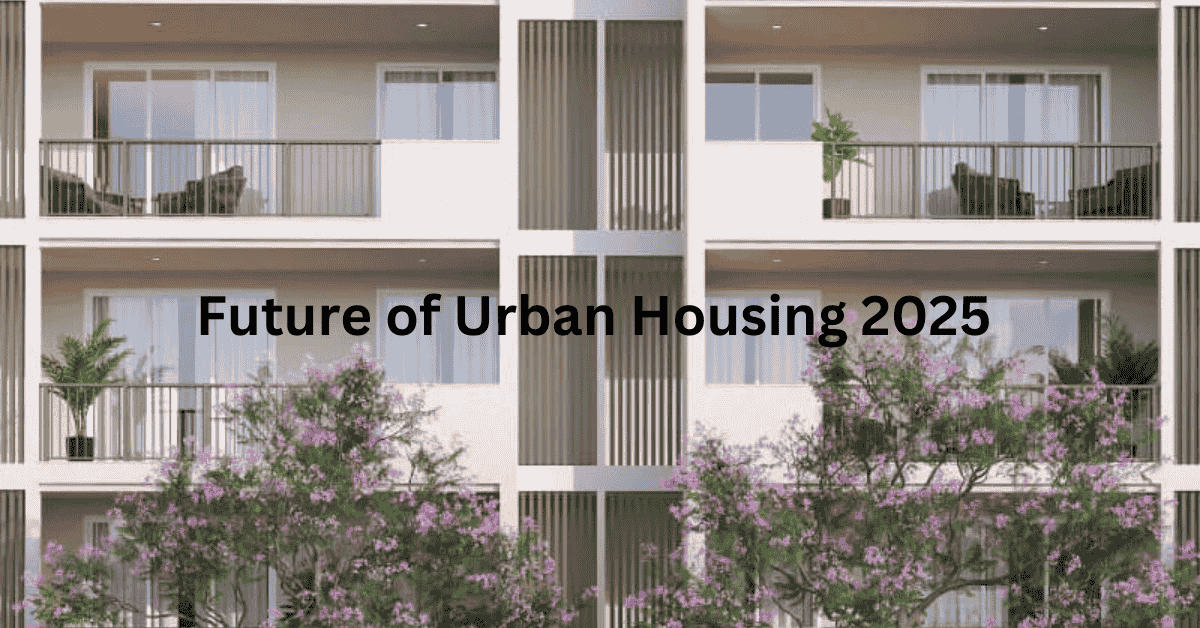The urban housing landscape in India is experiencing a transformative phase. With continuous urbanization and the influx of millennials and young professionals into cities, the concept of co-living spaces has come into the limelight. This is also the most viable solution to modern housing challenges.
This blog talks about the growth of co-living in India, its current state, and what the future holds.
Table of contents:
- Major factors driving the co-living trend in India
- The role of students and professionals in the co-living market in India
- The growth of co-living in India
- Investment scenario in the Indian co-living market
- Best cities for co-living in India in 2025
- Expected future of the co-living market in India
Major Factors Driving the Co-Living Trend in India
There are many reasons why co-living spaces have gained traction. One of the main reasons is the easy affordability of spaces. Co-living in India is lower as compared to traditional rental housing. Due to this financial accessibility, the demand for co-living spaces has increased as they also offer the convenience of fully furnished spaces.
Secondly, the changing lifestyle preferences of the younger generation, especially Gen Z, make co-living spaces an ideal and attractive choice for them. This generation prioritizes experiences over possessions.
Apart from Gen Z, Millennials are also attracted to co-living spaces nowadays. These spaces give them the sense of a place not just to stay but also to be part of a community of like-minded individuals, fostering social interactions and networking opportunities.
The Role of Students and Professionals in the Co-Living Market in India
A large number of Indian co-living markets are influenced by students and professionals. With the passage of time, the demand for co-living spaces has suddenly increased due to the many educational institutions and employment opportunities.
These demographics offer flexible and affordable living arrangements that make co-living a perfect fit.
The Growth of Co-Living in India
The growth of co-living in India has been extraordinary in these years. According to recent reports, the co-living sector in India is expected to grow at a compound annual growth rate (CAGR) of 17% by 2025. This growth is attributed to the increasing demand for urban living solutions that offer convenience, affordability, and a sense of community.
Investment Scenario in the Indian Co-Living Market
These days the investors have recognized the potential of India’s co-living market. With this enhancement in the high demand for co-living spaces, the attractive return opportunities have increased. Seeing the growth and demand of the co-living sector in India, many real estate developers and investment firms have entered this business.
Best Cities for Co-Living in India in 2025
As the co-living market continues to expand, certain cities are emerging as hotspots for co-living spaces. Bangalore, known for its thriving IT industry, tops the list. The city’s young and dynamic population makes it an ideal location for co-living.
Delhi and Gurugram, with their numerous educational institutions and corporate offices, are another prime location. The demand for rental housing in Delhi and Gurugram is ever-growing, making it a significant market for co-living.
Mumbai, the financial capital of India, also offers immense potential for co-living spaces. The city’s fast-paced lifestyle and high living costs make co-living a practical and affordable solution.
Expected Future of Co-Living Market in India
The future of urban housing in 2025 looks promising with the continued growth of the co-living sector in India. The trend is expected to evolve further, with more technological integrations and enhanced services. Smart homes, IoT-enabled devices, and sustainable living practices are likely to become integral parts of co-living spaces.
Moreover, as the concept of modern living continues to evolve, the co-living market will adapt to cater to its residents’ changing needs The focus will be on creating spaces that offer a blend of privacy and community living, ensuring a balanced and fulfilling lifestyle.
Conclusion
In conclusion, the co-living market in India is assured of significant growth in the coming years. The major factors driving this trend include affordability, changing lifestyle preferences, and the increasing number of students and young professionals in urban areas. Investors are also recognizing the potential of this market, leading to a surge in investments in the co-living sector.
As we look toward the future of urban housing in 2025, co-living spaces will continue to play a crucial role in shaping the housing landscape in India. With technological advancements and a focus on creating sustainable and community-centric living spaces, the co-living market is set to thrive.
By understanding and adapting to these emerging housing trends in India, potential buyers and investors can make informed decisions that align with the evolving needs of urban residents. The growth of co-living in India represents not just a change in housing preferences but a shift towards a more connected and sustainable way of living.
Feel free to reach out if you need further information or have any additional requirements!











